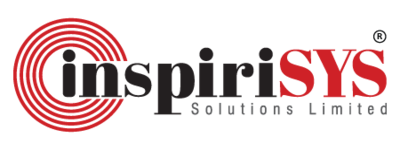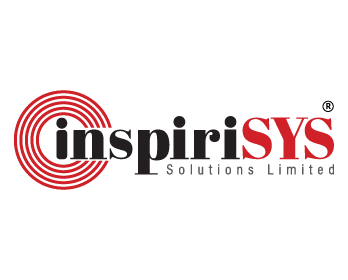What is Scrum?
Scrum is a project management framework designed to help teams collaboratively and adaptively to work on complex projects. It provides a structured yet flexible environment where self-organising teams can deliver outcomes through iterative cycles. Guided by defined roles, values, and time-boxed practices. Scrum supports the delivery of high-value products while enabling teams to respond effectively to evolving requirements.
Key Takeaways
- Scrum is not a rigid methodology but a flexible framework that allows teams to adapt methods that suit their specific needs.
- The iterative and incremental approach in Scrum enhances predictability and minimizes project failure risks.
- Scrum is based on sprints, fixed time periods in which the team aims to deliver a specific feature or set of tasks.
The Scrum Process
The Scrum process helps teams inspect and adapt throughout a project’s lifecycle. It emphasizes transparency, collaboration, and continuous improvement through structured events. These time-boxed events guide communication, planning, execution, and reflection, helping teams stay aligned and responsive to change.
The Scrum events include:
- Daily Scrum: A short, daily stand-up meeting held where team members synchronize progress, discuss work completed, and plan tasks for the next 24 hours. It also helps surface any blockers that may impede progress.
- Sprint: A Sprint is a fixed time-box, typically lasting one to four weeks, during which a specific set of work must be completed. A new Sprint begins immediately after the previous one ends, ensuring a continuous development rhythm.
- Sprint Planning Meeting: A planning session at the start of each Sprint where the Scrum Team defines the Sprint Goal and selects backlog items to deliver a usable product increment.
- Sprint Review: A meeting held at the end of Sprint to inspect the product increment, demonstrates completed work, and gather feedback from stakeholders to inform future development.
- Sprint Retrospective: Conducted after a Sprint Review, this meeting allows the team to reflect on the process, discuss areas of improvements and plan actionable steps to enhance team processes and collaboration.
Three Pillars of Scrum
Scrum is an empirical process framework grounded in three core pillars- Transparency, Inspection, and Adaptation. These pillars promote accountability, continuous learning, and responsiveness throughout the project lifecycle.
1. Transparency
Transparency ensures that all aspects of the process are visible to those responsible for the outcome. Open communication, shared artifacts, and clear standards help teams build trust and align on goals, enabling informed decision-making.
2. Inspection
Inspection involves frequent reviews of both progress and processes. By evaluating work at regular intervals—such as during Daily Scrums or Sprint Reviews—teams can detect variances or emerging issues early.
3. Adaptation
Adaptation follows inspection. Based on insights gathered, the team adjusts its course—whether refining the Sprint Backlog, reworking priorities, or evolving practices. This responsiveness helps maintain project momentum and ensures alignment with stakeholder needs.
Scrum Roles
Scrum defines three key roles that form the Scrum Team. Each role carries distinct responsibilities and works collaboratively to deliver value through iterative development.
Product Owner
The Product Owner is responsible for maximizing the value of the product. They manage the Product Backlog, prioritize features based on business value, and serve as the bridge between stakeholders and the development team.
Scrum Master
The Scrum Master ensures that the team adheres to Scrum practices and values. Acting as a facilitator and coach, the Scrum Master removes impediments, supports team collaboration, and fosters continuous improvement.
Developers
Developers are accountable for delivering a usable increment of the product in each Sprint. They are self-organizing professionals who manage their own work and collaborate closely to meet Sprint goals.
Scrum Artifacts
Scrum artifacts provide transparency and key information to support inspection and adaptation. They serve as essential tools for tracking progress and aligning the team. Listed below are three scrum artifacts.
Product Backlog
An evolving list of features, enhancements, and fixes required for the product. Managed by the Product Owner, the Product Backlog reflects business and customer priorities and is refined continuously.
Sprint Backlog
A subset of the Product Backlog selected for the current Sprint, along with a plan for delivering the work. It is owned by the Developers and updated daily to reflect ongoing progress.
Increment
The Increment is the sum of all completed Product Backlog items during a Sprint, along with the cumulative value of all previously completed increments. It must meet the Definition of Done (DoD) and be in a usable state, regardless of whether it is released.
Key Terms
Sprint
A fixed time-box, typically 1 to 4 weeks, during which the Scrum Team delivers a usable product increment.
Product Backlog
A prioritized list of features, enhancements, bug fixes, and technical work that needs to be done for the product.
Scrum Master
The facilitator and servant leader who helps the team follow Scrum practices, removes impediments, and ensures smooth progress.





